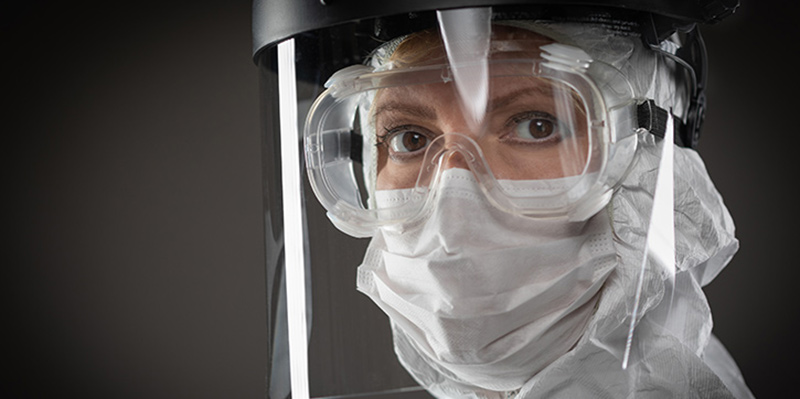Integrated UV Disinfection Strategies
Principal Investigator - Ron Hofmann, Professor, University of Toronto, 2005 - 2007

Challenge
While relatively new to the industry, ultraviolet (UV) disinfection has become an increasingly popular strategy for the treatment of drinking water. However, lack of experience has led some to question potential limitations of the treatment. At the time of this project, uncertainty around effectiveness under challenging conditions (e.g. particle-laden water) remained a major impediment to widespread use. Targeting such issues, the purpose of this project was to review multiple disinfectant treatment strategies, focusing on potential synergies between UV and chemical disinfectants.
Project
The research project encompassed a number of objectives, including:
- Exploring the ability of UV, in combination with chemical disinfectants, to treat particle-laden water
- Monitoring the formation of potentially toxic by-products in the use of UV with chemical disinfectants
- Exploring interactions between UV and chemical disinfectants in terms of both improved disinfection performance and microbiological water quality
Following this, the research team identified two methodologies using several disinfectants that would either provide redundancy in pathogen control or minimize disinfection by-products. Project results also indicated that the disinfection of unfiltered surface waters may be compromised by the presence of particulate matter. Thus, UV treatment should be used with caution for water containing suspended matter.
Outputs
- Publications: throughout the project, the research team published in key industry journals and presented at both local and international drinking water conferences.
- Workshop: in 2006, the research team hosted an Integrated UV Disinfection workshop in partnership with the International UV Association. The purpose of the workshop was to bring together experts in UV and integrated disinfection technologies to provide stakeholders with an overview of the current state of knowledge, as well as to highlight research results.
Outcomes
- Stakeholder knowledge: increased understanding of the ability of individual and combinations of disinfectants to control emerging pathogens will benefit decision-makers when addressing systems that employ a multiple-barrier disinfection approach.
- Economic impact: improved understanding of the strengths and weaknesses of UV will ease the transition to adoption of the technology and, as a result, could potentially create new markets for Canadian UV manufacturers.
- Public health policy: designing disinfection strategies with a greater understanding of the impacts on water quality will lead to more appropriate use of disinfection technologies to better control microorganisms, while minimizing the formation of chemical by-products, which may influence future drinking water regulations
- Research partners: research partners from utilities, government, non-governmental organizations, and industry all stand to directly benefit from the project in terms of new market opportunities and/or enhanced ability to protect public health




